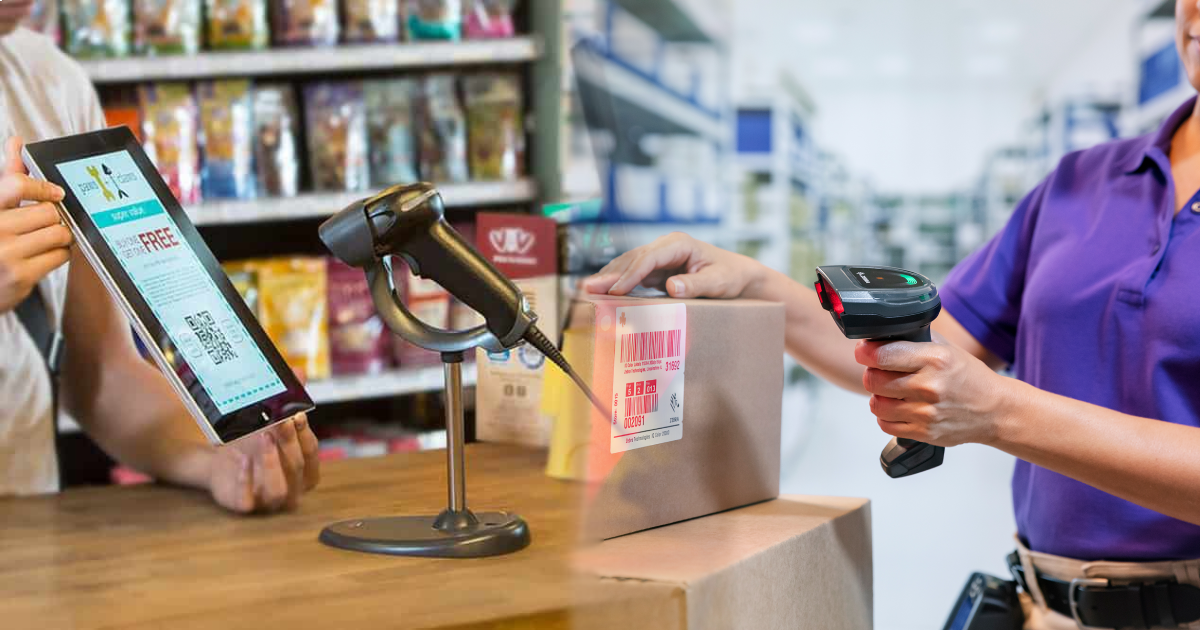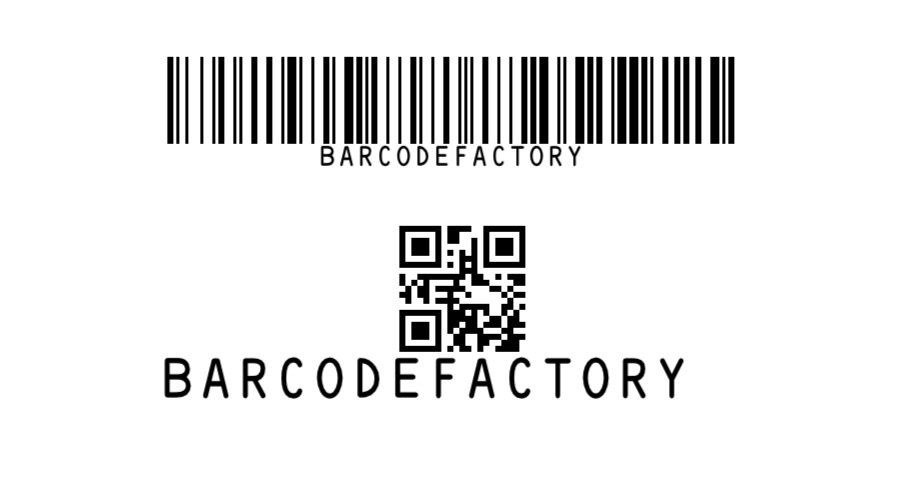Which Barcode Scanner Do I Need?
Barcode scanners are a crucial component of a barcode inventory system. Without a functional scanner, the information inside a barcode is unreadable, leaving it as nothing more than a striped label. However, with the wide variety of industries utilizing barcode labels today, as well as many different types and form factors of barcode scanner available, it can be difficult to know which is right for your business. That’s why its important to do your research and know the benefits of each scanner before making a choice.
Factors to Consider
There are several factors to consider before you choose your barcode scanner:
Location: The first thing to consider before choosing a barcode scanner is where you’ll be using it. Will you be scanning in a warehouse, or on a conveyor belt? Will you need to be able to scan from a distance, or will everything be within reach? Is the atmosphere relaxed enough that you can afford to take your time scanning, or is it fast-paced?
Inventory: The kind of items that need to be scanned can affect the your scanner choice as well. Are you scanning smaller items that can be easily picked up, or large items that can’t be lifted by hand?
Frequency of use: The amount of times you use your scanner per day will determine what kind of battery life you need for it. The more you need to use the scanner, the longer your battery life will need to be.
Barcode: The type of barcode you’re using in your inventory system will determine what kind of barcode scanner you can use. Some barcodes are only capable of scanning linear barcodes, while others can scan both linear and QR codes.
A 1D barcode (top) and a 2D barcode (bottom)
Types of Barcode Scanners
Once you know what you need from your barcode scanner, you can start by choosing your type. There are two main types of barcode scanners, each designed to read a specific type of barcode:
1D scanners: 1D barcode scanners use a laser to read barcodes. This is done by reflecting light off the barcode and decoding the information. They’re used to read linear barcodes, which can only be read horizontally.
2D scanners: 2D barcode scanners take a picture of the barcode in order to process the information. While these scanners can also read linear barcodes, they’re designed to read 2D barcodes such as QR codes, which store information both horizontally and vertically.
Form Factors
Once you know what type of barcode scanner you want, you can choose from several different form factors:
Handheld scanners: Handheld scanners are held in the user’s hand and manually scan the barcodes they’re pointed at. They come in corded and cordless varieties. They’re small, portable and good for scanning large items that are difficult to maneuver; however, they require at least one hand to use, must be aimed and are susceptible to being dropped.
Rugged scanners: Rugged barcode scanners are designed to be durable. They’re commonly handheld and therefore share the pros and cons of standard handheld scanners; however, they do not break as easily if dropped, making them well-suited to industrial settings.
Wearable scanners: Wearable scanners are worn on the body, usually on the finger or arm. They’re portable, even smaller than handheld scanners and leave the user’s hands free. Wearing them on the body also means the user is less likely to drop them. However, similarly to handheld scanners, they must be manually pointed, and they don’t function well at long range.
Fixed scanners: Fixed scanners are designed to scan barcodes from a fixed position, such as mounted on a conveyor belt. While this makes them entirely hands-free and reduces the chance of them being dropped, it also means they cannot be easily moved, if they can be moved at all.
Presentation scanners: Similar to fixed scanners, a presentation scanner is designed to scan from a fixed location without the use of one’s hands. They have wide reading areas in order to reduce the need to aim. While they can be picked up, they are not meant to be used as such and aren’t well-suited for larger items that cannot be easily moved.
In-counter scanners: These scanners are commonly used in self-checkout lines. They are mounted on a conveyor belt or counter and can scan from a fixed position. These types of scanners are hands-free and not meant to be moved at all, making them ill-suited for large, bulky items.
Barcode Scanners at Barcode Factory
There are many different types of barcode scanners, each with their own pros and cons. Ultimately, which scanner is best depends on your business and your specific needs.
No matter what scanner you choose, Barcode Factory has you covered. We offer a variety of barcode scanners, including handheld, wearable, rugged and more, and our commitment to quality service means we’ll be there to held you choose the one best suited to your needs. Browse our barcode scanners here or contact us today and let one of our certified experts help you make your purchase.



